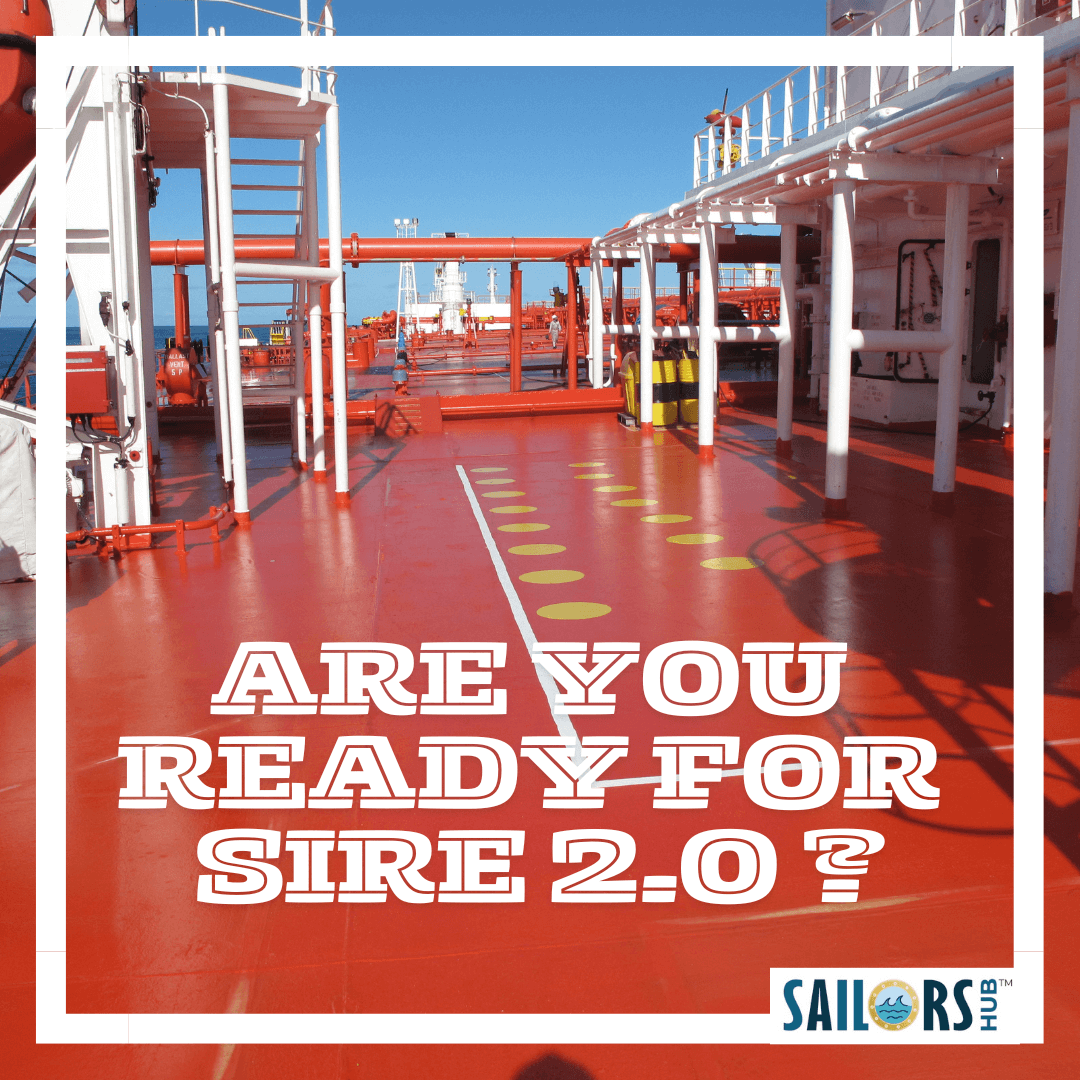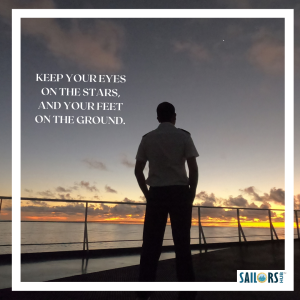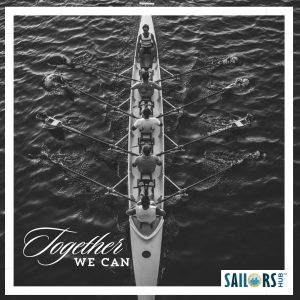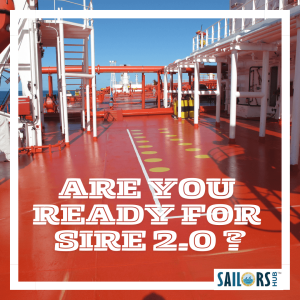Understanding and measuring human performance is the key in recognizing a vessel’s safety, security and environmental Soundness. OCIMF SIRE 2.0 inspection regime, introduced in late 2022 highlights and focuses strongly on human factors.
There is more room for human responses in this new regime of SIRE 2.0 and SIRE inspectors will mark observations graded from “not as expected”, “Meets expectations” and “Exceeds expectations”. Further there is a provision to add realtime photographs as evidence to measure the criticality of the report.
Questions concerning human factors will be based around performance influencing factors (PIFS) These are the foundation blocks of human factors
“The recognition of safety criticality is crucial to performance. So much depends on how a seafarer interprets the job, the level of risk involved, and the potential consequences.”
As specified by OCIMF in its SIRE FAQ’s
“People are a part of the systems that protect ships. There are conditions that can set a person up to succeed or fail. There are known as PIFS. They influence reliable execution of critical tasks onboard ships. SIRE 2.0 will help users of the programme understand and tackle PIFS by :
- Identifying objective conditions that go beyond the individual
- Giving vessel operators and crew systematic opportunities to improve.
- Inspectors will be trained under SIRE 2.0 to :
- Understand human factors and their importance
- Understand PIF’s and Tag them to SIRE 2.0 inspection observations as defined by OCIMF
- Build engagement skills that encourage open, helpful responses from Crews.
- Have opportunities to practice using realistic examples that allow an inspector to get a feeling For how to apply in real life. “
There are nine categories of performance influencing factors used to identify human performance on board.
Recognition of safety criticality
Recognising the importance of safety is the basis of all onboard PIFS. Inspectors during their inspection, will ask probing questions to ensure the seafarer recognises the safety criticality of the job they are undertaking.
Custom and practice
This category includes factors such as the use, accessibility, procedures, and understanding of procedures. The key essence of the factor is recognising the reason why any procedure or practice is in place on board ship and its importance.
Team dynamics
Team dynamics includes factors such as communication, coordination, and teamwork.
Stress, workload, and fatigue
Stress at work should be a warning sign. Stress causes confusion, loss of confidence, and overwhelming feelings. Hence, you may lose focus in your job and will directly affect your ability to perform safely and effectively.
Moral, motivation, and nervousness
Well, motivated team makes a big difference to the atmosphere on board and fruitful outcome in Vessel operations.
Workplace economics
This covers factors such as signage tools, layout, space, noise, light, heat, and other environmental factors.
Human machine interface (HMI)
This category includes controls alarms, and other equipment interfaces.
Opportunities to learn or practice
Having the opportunity to learn or practice makes a difference to successful outcomes. This category includes training and education leading to skill transformation
Not identified
This is the final category of PIFS. This is left open due to the vastness and complexity of human factor issues.






